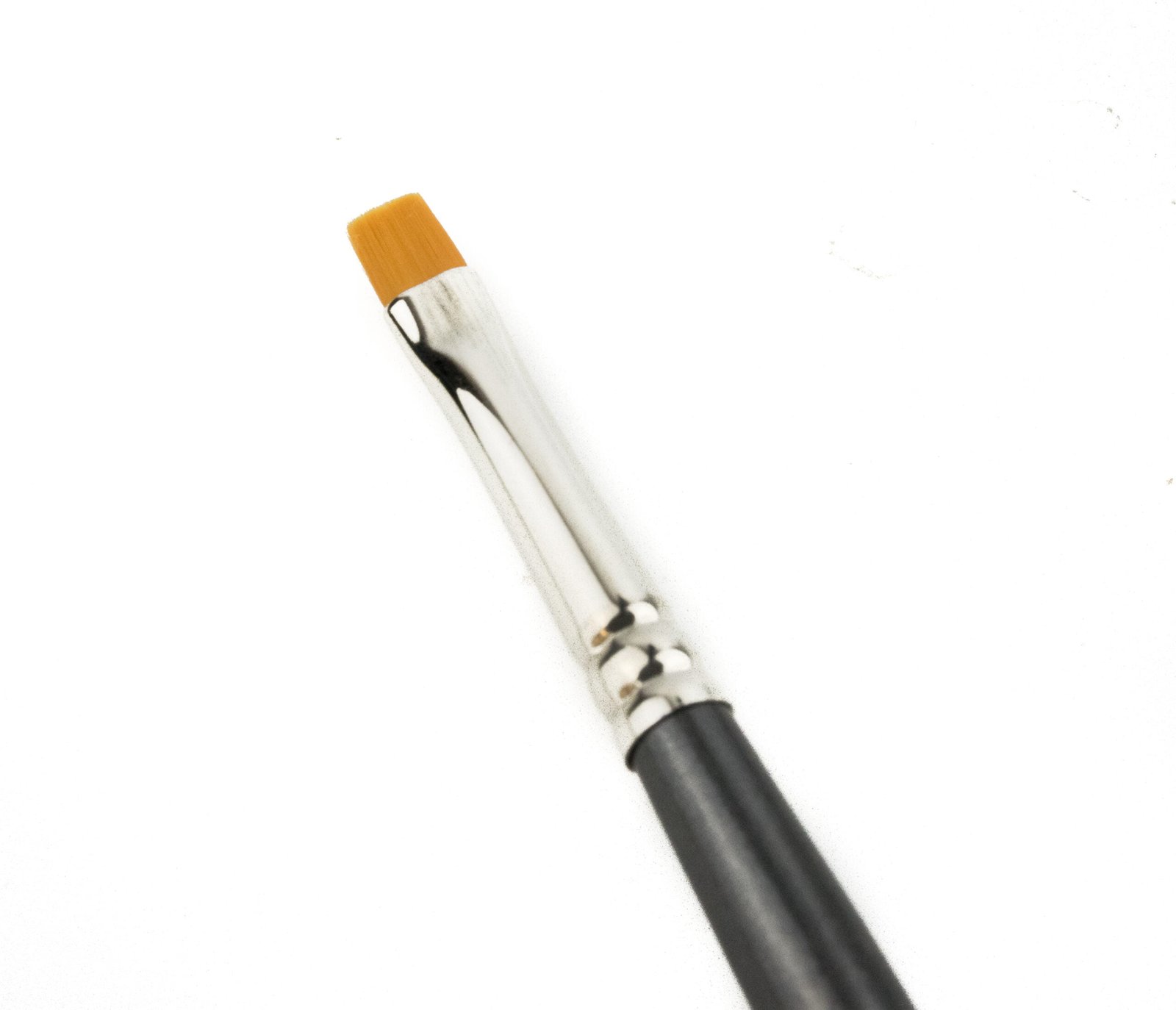

On the very positive side, this is THE brush for doing tight shading and highlighting. This means it will hold less paint and water, so you can’t get good continuous flow. This one is also a Flat but it has an angular chisel or brush tip. They are very good though for blending paint, cleaning up messy edges and for other special techniques.ĪNGULAR, ANGULAR SHADER, ANGLE FLAT and ROSE PETALĪ brush by any other name. These types of paint brushes won’t hold enough paint for doing flowing strokes. Take a look at my video tutorial on how to use a Filbert.Īlso a part of the Flat family of brushes, the hairs here are much shorter. And lastly, because of its shape it’s perfectly suited for doing leaves, flower petals and bird feathers.

And because it can hold a fair amount of water, it’s also great for applying washes of color. It can be used for side-loading similarly to a flat brush to create shades and highlights. When you look at the brush from the chiseled edge, the hairs should form an even oval edge.Īs a tool for basecoating, these types of paint brushes can't be beat! The shape of the hairs eliminates ridges. You’ll use them for basecoating, floating, strokework, blending, washes and varnishing.Ī filbert is a flat brush but it has a chiseled rounded edge instead of a straight one. We hope you'll find the information useful.įlats are the types of paint brushes you’ll use the most often in your painting projects. Thanks to Heinz Jordan & Company™ as well as Loew Cornell™ for supplying images of their fine line of art paint brushes. All types of paint brushes are featured here as well as a brief description of their main purpose.


 0 kommentar(er)
0 kommentar(er)
